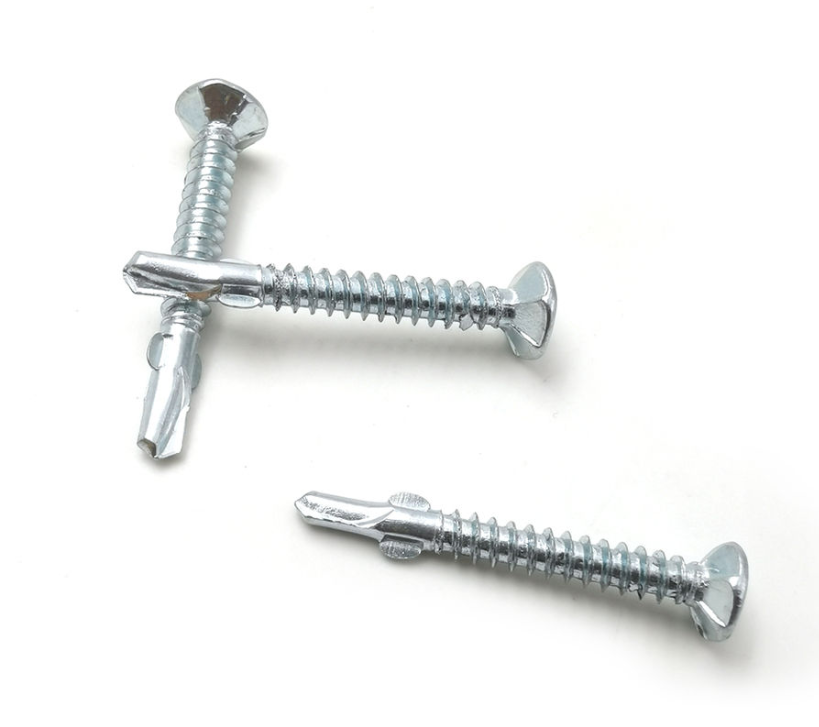Guide to Self-Drilling Screw Sizes for Optimal Industrial Applications and Selection
Understanding Self-Drilling Screw Sizes and Their Factory Production
Self-drilling screws are essential fasteners in a variety of construction and manufacturing applications. Their unique design allows them to drill their own hole as they are driven into materials, making them indispensable for a wide range of projects. Understanding the different sizes and specifications of self-drilling screws is crucial for selecting the right type for specific applications. This article will delve into the various sizes of self-drilling screws and the factors involved in their production in a factory setting.
What Are Self-Drilling Screws?
Self-drilling screws, often referred to as tek screws, are a type of fastener that integrates a drill tip into the screw head. This design eliminates the need for pre-drilling, which saves time and increases efficiency on job sites. They are commonly made from steel, stainless steel, or other materials, and are frequently used in metal-to-metal and metal-to-wood applications.
Size Specifications
Self-drilling screws come in various sizes, typically categorized by their diameter, length, and thread design. The diameter is usually denoted in gauges, where a smaller number indicates a larger screw. For instance, a 8 screw has a larger diameter than a 10 screw. The length of these screws can range from a few millimeters to several inches, depending on the materials being joined.
In terms of thread design, self-drilling screws may feature coarse or fine threads. Coarse threads allow for quicker penetration into softer materials, while fine threads provide a better grip in harder materials. Manufacturers also produce screws with different point styles, such as sharp points for softer substrates and blunt points for harder materials.
Factors in Factory Production
The production of self-drilling screws involves several critical steps that ensure they meet industry standards and customer specifications. Factories typically start with high-quality raw materials, often sourcing steel or stainless steel that can withstand tensile and shear stress.
self drilling screw sizes factory

The manufacturing process includes the following stages
1. Material Preparation Raw materials are cut into appropriate sizes before they undergo the forming process. This ensures precision in diameter and length.
2. Cold Heading This process involves shaping the screw head and forming the threads without melting the material. Cold heading helps maintain the strength of the screw, which is vital for its performance.
3. Drill Point Formation The drill point is created using specialized machinery that accurately shapes the tip of the screw, allowing it to penetrate surfaces effectively.
4. Heat Treatment To enhance the hardness and durability of the screws, heat treatment is often applied. This process can significantly improve the wear resistance of the screws, making them suitable for heavy-duty applications.
5. Coating and Finishing To protect against corrosion and enhance their appearance, screws may undergo plating or coating processes. Common finishes include zinc plating, which offers basic corrosion resistance, or more advanced coatings such as Black Oxide or ceramic, suitable for harsh environments.
6. Quality Control After production, screws undergo rigorous testing to ensure they meet the established standards for strength, size, and performance. This phase is crucial in maintaining consistency and quality in the final product.
Conclusion
Understanding self-drilling screw sizes and the intricacies of their factory production is essential for professionals in construction and manufacturing. With a variety of options available, selecting the right type of screw can significantly impact the durability and efficiency of a project. As technology advances, self-drilling screws continue to evolve, offering enhanced performance and reliability for a multitude of applications. Whether working on a large-scale construction project or a small DIY endeavor, being informed about screw sizes and manufacturing processes can lead to better outcomes and a more successful endeavor.
-
Top Choices for Plasterboard FixingNewsDec.26,2024
-
The Versatility of Specialty WashersNewsDec.26,2024
-
Secure Your ProjectsNewsDec.26,2024
-
Essential Screws for Chipboard Flooring ProjectsNewsDec.26,2024
-
Choosing the Right Drywall ScrewsNewsDec.26,2024
-
Black Phosphate Screws for Superior PerformanceNewsDec.26,2024
-
The Versatile Choice of Nylon Flat Washers for Your NeedsNewsDec.18,2024










